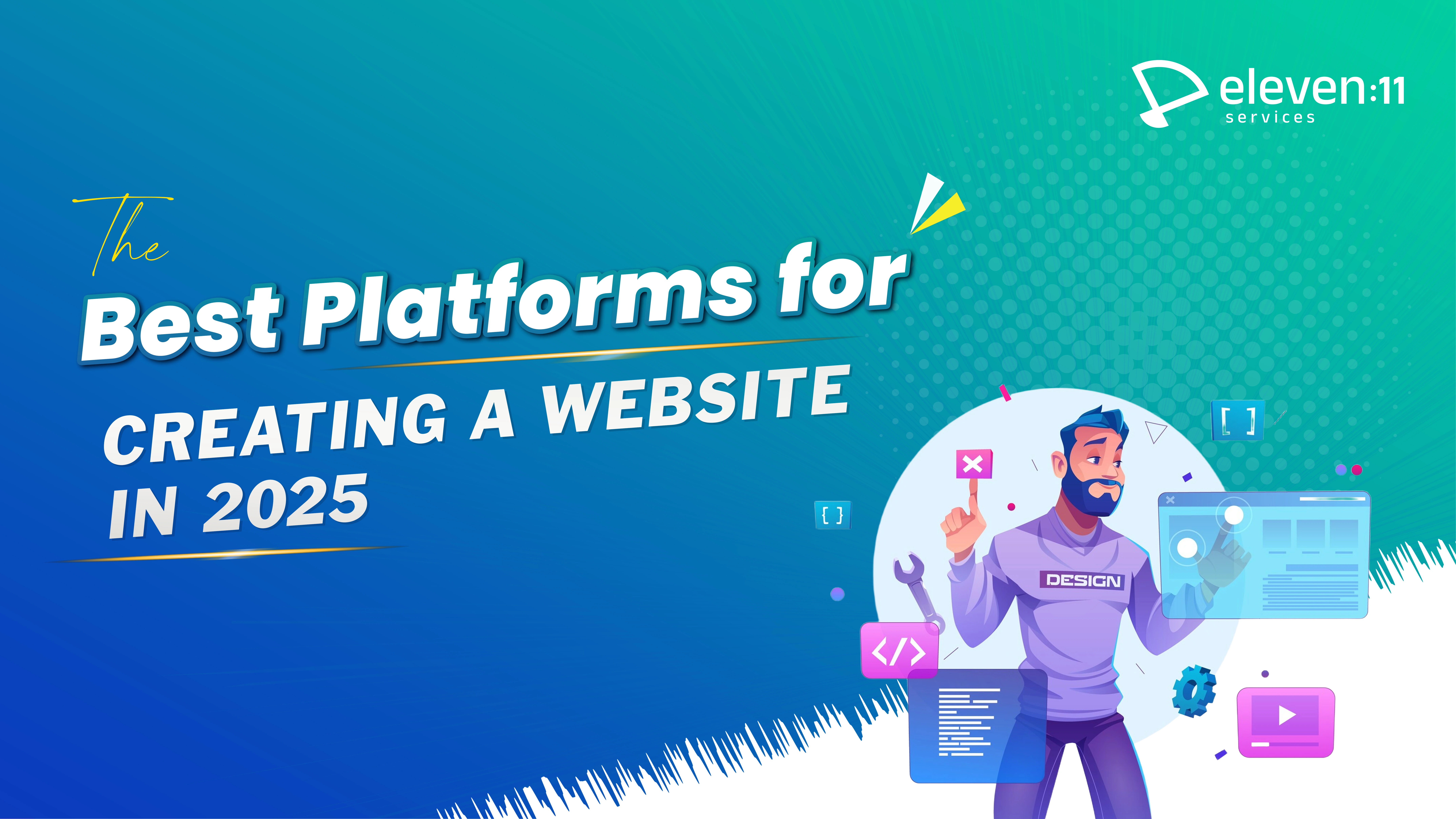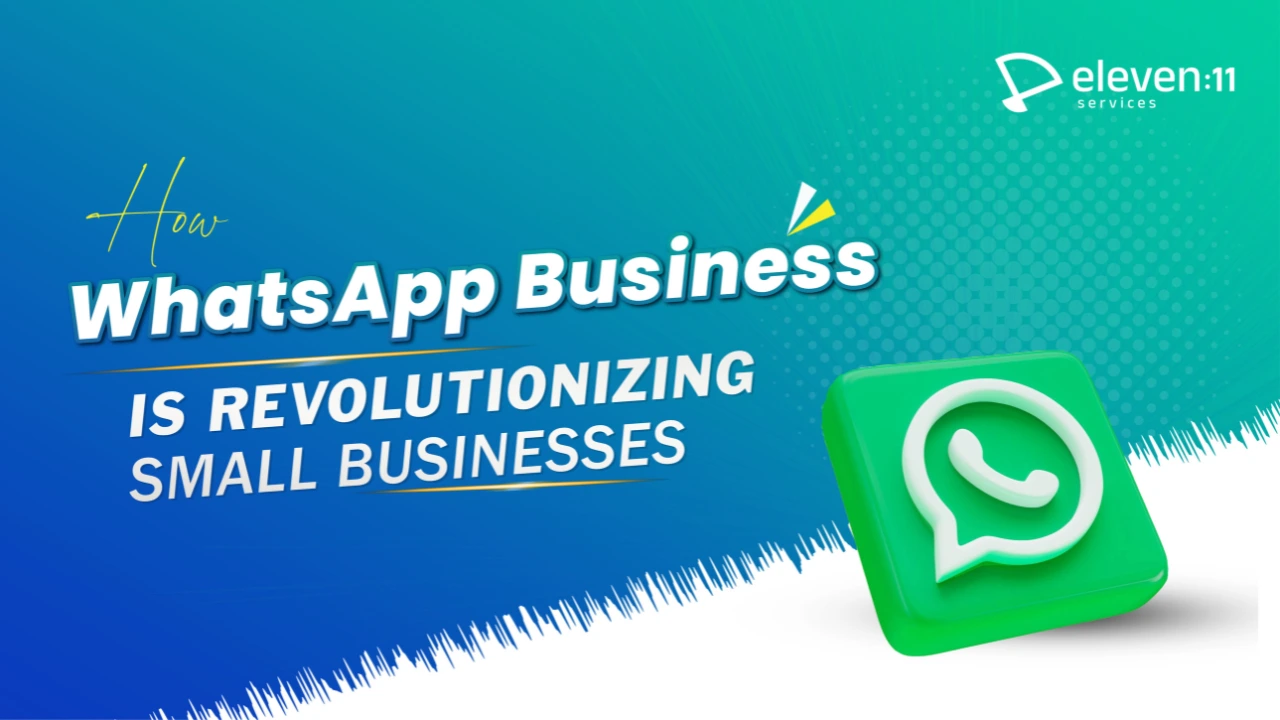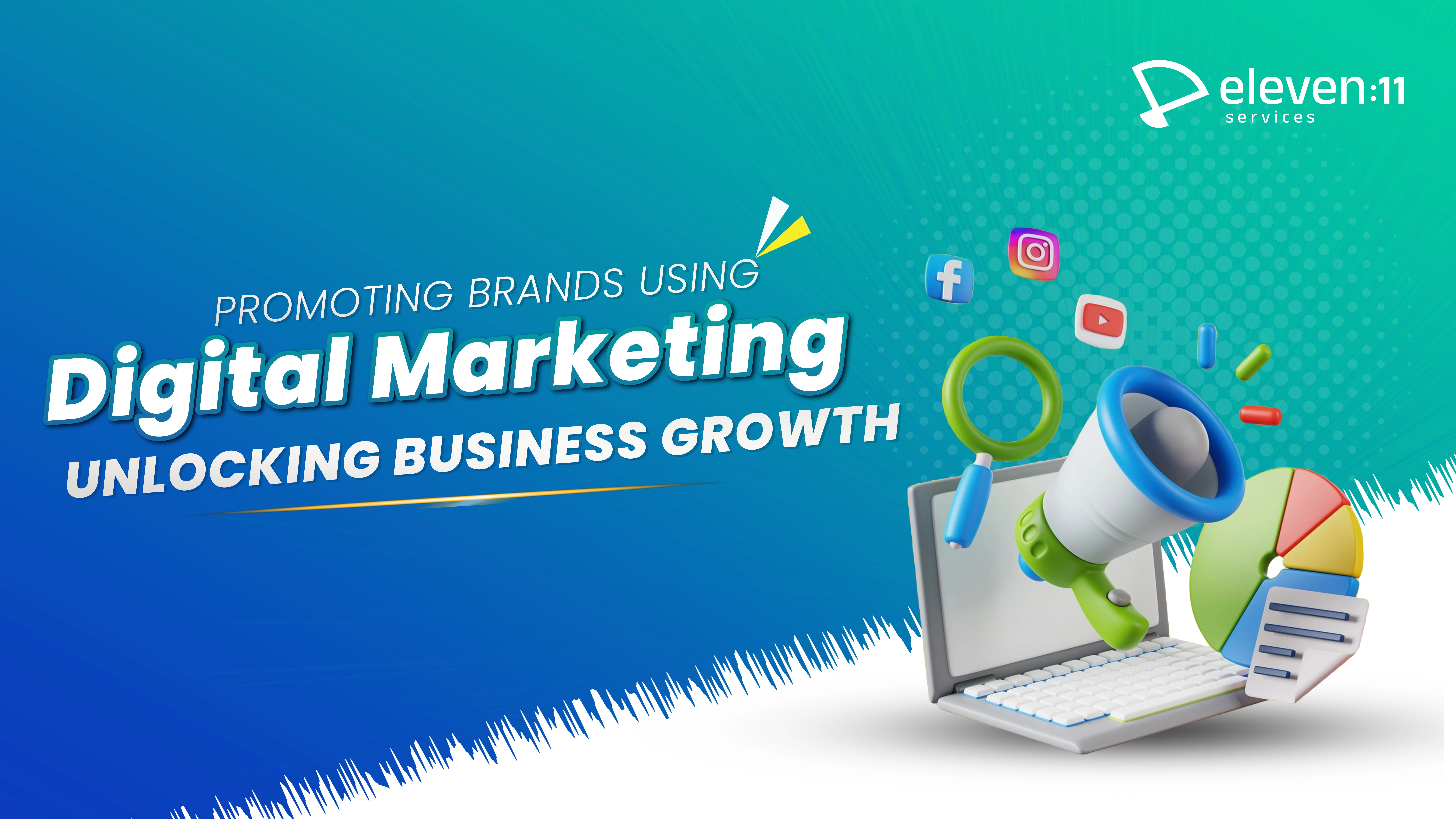As artificial intelligence reshapes how people search, learn, and make decisions online, the rules of digital visibility are evolving rapidly. Today, platforms like ChatGPT, Perplexity AI, Microsoft Copilot, and Google’s Gemini are becoming trusted sources of answers often bypassing traditional search engines and eliminating the need for users to visit websites directly.
This shift has created a challenge for marketers:
How Do You Measure Your Brand’s Visibility When There Are No Clicks, No Impressions, and No Traffic to Track?
As AI platforms like ChatGPT, Gemini, and Perplexity AI begin to replace traditional search engines, measuring digital visibility has become more complex. The old ways of tracking success clicks, impressions, bounce rates, or referral traffic no longer paint the full picture. In an era where AI delivers direct answers without sending users to websites, your brand could be influencing decisions without showing up in your analytics. So, how do you measure your true reach and relevance in this new environment?
Here’s how to rethink and measure visibility in an AI-first world:
- Track brand mentions instead of clicks: AI tools may mention your brand in their responses without linking to your website. Use platforms like BrandMentions or Talkwalker to monitor these references across the web and in AI-generated content.
- Focus on contextual authority, not just backlinks: Your brand’s relevance in AI conversations matters. Even if you’re not linked, being cited or referenced in context means the AI recognizes your expertise.
- Evaluate AI discoverability over SERP rankings: Instead of checking if you're on page one of Google, test prompts on AI tools to see if your brand is included in the answers. This approach reflects Answer Engine Optimization (AEO), the next phase of visibility.
- Redefine engagement as brand recognition: In the AI world, users may never click your link, but if your content or name appears in a response, you’re gaining mindshare. Recognition is the new form of engagement.
- Use experimental prompts as proxy metrics: Create a list of questions your audience might ask and test them across various AI platforms. Record how often your brand appears and compare this with your competitors for a practical visibility benchmark.
- Watch for indirect impact: Even without traffic, AI mentions can lead to increased brand searches, direct inquiries, or improved awareness over time. Track these downstream effects as part of your overall strategy.
The definition of digital visibility is evolving. To stay competitive, marketers must go beyond traditional KPIs and develop a deeper understanding of how their brand lives and thrives in AI-generated environments.

Why Legacy Metrics Fall Behind in an AI-Centric World
We’ve long relied on performance indicators like:
- Website traffic
- Click-through rates (CTR)
- Bounce rates
- Backlinks
These KPIs were perfect for traditional SEO and social media tracking. But AI platforms don’t always provide links to original sources. Users get direct, synthesized answers, often without leaving the platform. That means your business could be influencing decisions and yet completely untraceable in your analytics dashboard.
The result? A huge visibility gap. You could be part of the conversation without even knowing it.
1. Monitoring Brand Mentions in AI Responses
AI tools like ChatGPT and Claude generate responses based on billions of data points including articles, blog posts, reviews, and forums. If your brand is referenced in these responses, it’s a sign of credibility and relevance.
But you won’t see these in your Google Analytics. That’s why brand mention tracking is essential.
How to track mentions:
- Use tools like BrandMentions or Talkwalker to monitor where and how your brand is discussed.
- Run test queries on AI platforms using keywords related to your industry and services to check if your brand appears in the answers.
- Set up custom monitoring systems or prompts that simulate user queries to see how often your brand is recommended.
The more frequently you’re mentioned in AI responses, the more influence you hold in the digital conversation.
2. Measuring Citations and Content References
AI platforms often paraphrase or cite your content without linking to it directly. For example, a blog you wrote might be used to support an answer but there’s no traffic to show for it.
These are AI citations indirect mentions that prove your thought leadership is being used as a source.
How to identify citations:
- Ask AI tools directly: “What sources did you use for this answer?” or “Where did you find this information?”
- Check if your content (such as statistics, studies, or definitions) is showing up even if it’s reworded.
- Use plagiarism or content similarity tools to find AI-generated text that mirrors your original work.
Regularly reviewing how and where your content is used can help you better position future content for AI recognition.
3. Calculating Share of Voice in AI Outputs
Share of voice (SOV) isn’t just a social media metric anymore. In the AI era, it refers to how often your brand is included in AI-generated answers compared to competitors.
It gives you a snapshot of your market visibility within AI ecosystems.
How to measure AI Share of Voice:
- Create a list of prompts your target audience might ask AI (e.g., “What are the best CRM tools for startups?”).
- Track how often your brand shows up compared to 3–5 main competitors.
- Repeat this test monthly to track trends over time.
This gives you a benchmark to see whether your content and brand are gaining or losing influence in AI-generated results.
4. Ensuring Your Content is AI-Friendly and Indexable
Most AI models are trained on publicly available data. If your website is structured properly and provides useful content, there's a higher chance AI will include your insights in its responses.
That’s why AI content optimization is crucial.
To improve AI content indexing:
- Use structured data (schema markup) to highlight key info like reviews, FAQs, and services.
- Write comprehensive, original articles that answer real user questions.
- Include author bios, citations, and external links to boost credibility.
- Publish thought leadership content whitepapers, case studies, and reports are more likely to be referenced by AI tools.
By treating AI visibility like SEO 2.0, you can improve your chances of becoming a go-to source for AI answers.
5. Tracking Sentiment in AI Mentions
It’s not just if your brand is mentioned. It’s how.
Are AI-generated responses presenting your business positively? Or are they highlighting complaints, negative reviews, or controversies?
This is where sentiment tracking comes in.
How to monitor sentiment:
- Ask AI tools open-ended questions like “What do people say about [Brand Name]?” and assess the tone.
- Use sentiment analysis tools like MonkeyLearn or Lexalytics on review platforms, forums, or blog comments.
- Review summary sections or pros/cons in AI responses to evaluate positioning.
If negative mentions are appearing regularly, it may be time to improve your online reputation or address customer feedback more proactively.
6. Measuring Engagement on AI-Driven Search Tools
Some AI platforms like Perplexity and You.com allow users to click source links, vote on answers, or share responses.
Even though many AI results aren’t traceable through analytics, these platforms give you limited visibility into user behavior.
What to track:
- Referral traffic from AI engines that allow links
- Frequency of being included in “source citations”
- How often your site appears in AI-powered summaries or carousel results
Set up tracking for these platforms using UTM parameters or referral tags where possible.
Visibility Has a New Definition
In the past, visibility was all about clicks, traffic, and SERPs. But now, visibility also means being seen, cited, or recommended by AI even if no one visits your site directly.
To thrive in this new search environment:
- Track brand mentions and citations across AI tools
- Analyze share of voice vs competitors
- Optimize content for AI training and indexing
- Monitor sentiment and feedback from AI-generated answers
- Expand your analytics beyond Google
Ready to Improve Your AI Visibility?
AI is no longer just a trend; it’s fundamentally changing how people search, learn, and engage with information online. If your brand isn't being recognized, cited, or recommended by AI tools, you're already a step behind.
At Eleven:11 Services, we don’t just chase rankings; we future-proof your digital presence. Our team helps you craft content that resonates with both humans and AI, positioning your brand as a reliable source of insights across platforms like ChatGPT, Perplexity, Gemini, and Microsoft Copilot.
Whether you're a startup looking to build authority or an established brand aiming to stay visible in this new ecosystem, we offer tailored solutions that include:
✅ AI-focused content strategies
✅ Brand mention and citation tracking
✅ Share of voice analysis across AI outputs
✅ Schema implementation and structured data optimization
✅ Sentiment monitoring for AI-generated content
✅ AI search engine visibility audits
Don’t wait for your competitors to lead the AI conversation; start building your presence where the next generation of users is already searching.
Let’s talk strategy and elevate your brand’s visibility in the AI-first world.
Recommended Blogs
Explore the basics of Marketing and its applications.





